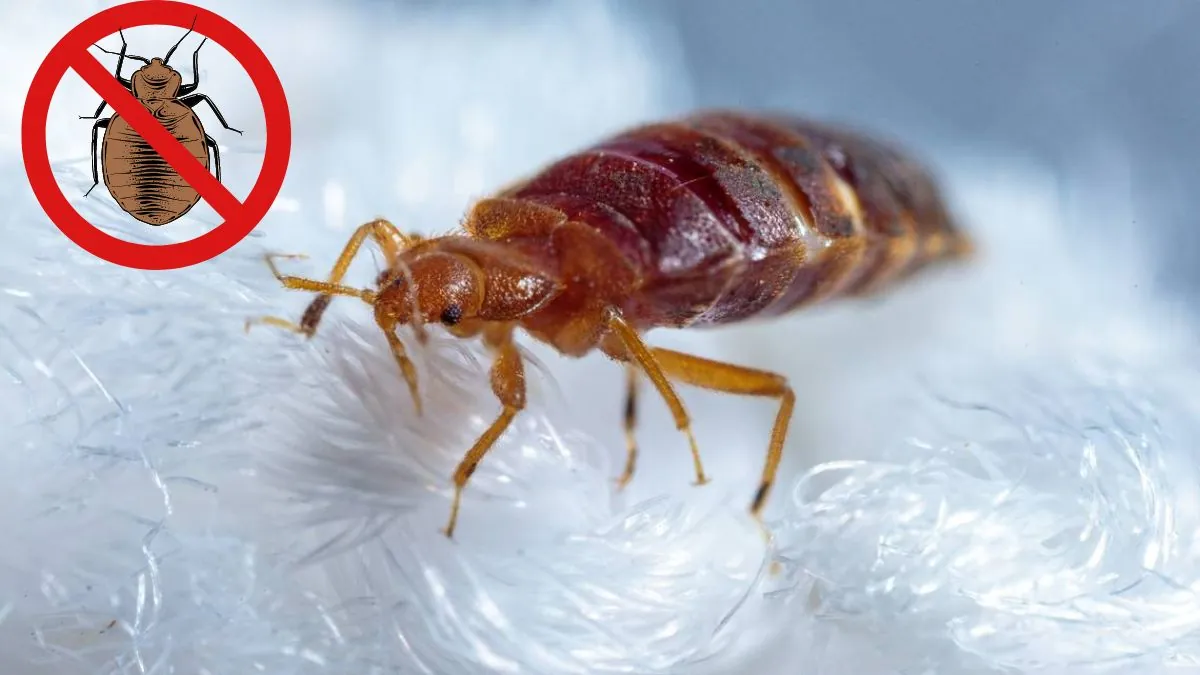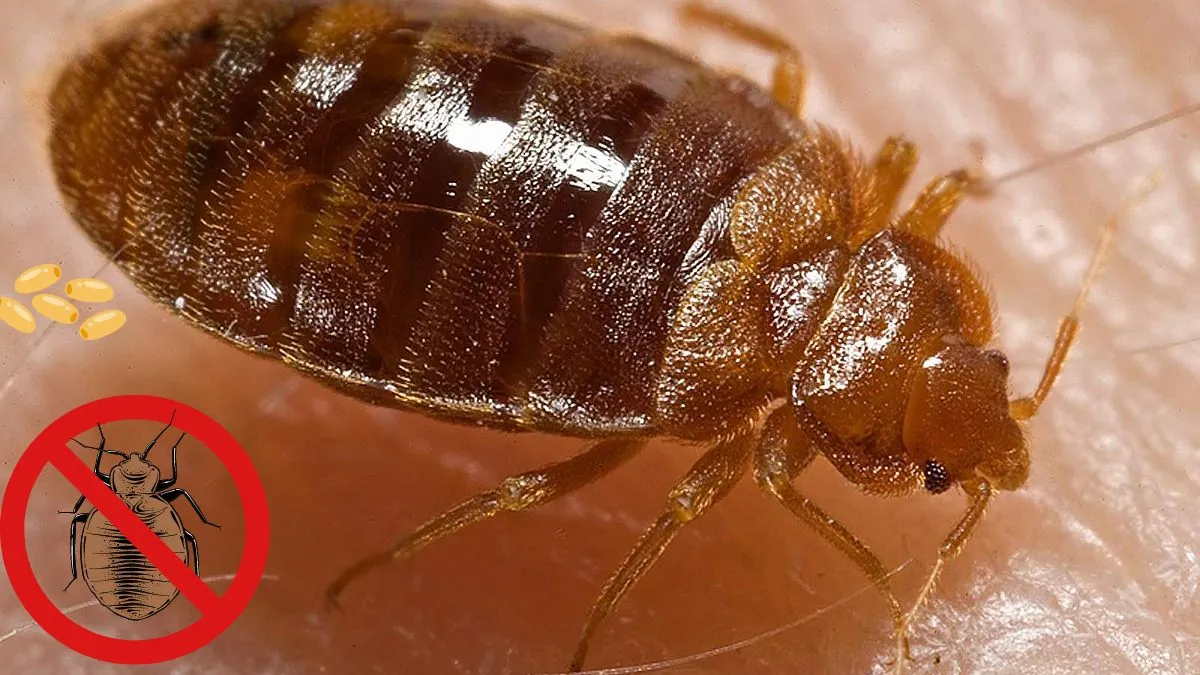Bed bugs, once nearly eradicated, have experienced a dramatic resurgence in recent years. In Illinois, particularly in urban areas, this resurgence has reached alarming levels. As these pests continue to invade homes, hotels, and public spaces, both residents and local authorities are grappling with the challenges of dealing with these unwanted intruders. This article explores the bed bug epidemic in Illinois, highlights cities that are facing significant challenges, and examines the ongoing efforts to combat this persistent problem.
The Bed Bug Epidemic
Bed bugs (Cimex lectularius) are small, reddish-brown insects that feed on human blood. Their resurgence can be attributed to several factors, including increased international travel, resistance to common pesticides, and the shift toward more resistant pest species. Historically, bed bugs were nearly eliminated in the mid-20th century due to widespread use of pesticides like DDT. However, changes in pest control practices and the banning of DDT have allowed these pests to make a comeback.
The health impacts of bed bugs are considerable. While they are not known to transmit diseases, their bites can cause severe itching, allergic reactions, and psychological distress. The economic costs are also significant, with treatment and eradication efforts placing a financial burden on households, businesses, and local governments.
Cities Facing Major Challenges
As the largest city in Illinois, Chicago faces some of the most significant challenges related to bed bugs. According to recent reports, Chicago consistently ranks among the top cities in the United States for bed bug infestations. Data from Orkin, a national pest control company, places Chicago at the top of their list of bed bug hotspots.
Local authorities and organizations are actively addressing the issue. The Chicago Department of Public Health has implemented various initiatives, including educational campaigns to raise awareness about bed bug prevention and treatment. Additionally, Chicago’s Building Department has enacted regulations requiring landlords to address bed bug infestations promptly. Despite these efforts, the city’s large population density and high turnover rate in housing contribute to ongoing challenges.
Peoria, a mid-sized city in central Illinois, has also experienced a rise in bed bug infestations. Recent reports indicate a notable increase in bed bug cases in rental properties and public spaces. The Peoria City/County Health Department has been proactive in tackling the issue by offering educational resources and partnering with pest control professionals.
Community involvement plays a crucial role in Peoria’s strategy. Local organizations and housing authorities have been working to educate residents about the signs of bed bugs and the importance of early intervention. Despite these efforts, Peoria continues to struggle with the high costs associated with treatment and the need for ongoing public awareness.
Rockford, located in northern Illinois, has seen a significant rise in bed bug reports over the past few years. The city’s infestation rates have prompted the Rockford Health Department to take action. The city has implemented several initiatives, including increased funding for pest control services and the establishment of a bed bug task force.
Collaboration with pest control experts has been key to Rockford’s approach. The city has partnered with local businesses and property managers to develop effective treatment plans and preventive measures. However, Rockford’s efforts are challenged by the need for continued funding and resources to keep up with the growing demand for bed bug control services.
Aurora
Aurora, the second-largest city in Illinois, has faced its own bed bug challenges. Recent statistics indicate a rise in infestations in both residential and commercial properties. The city has taken a proactive approach by implementing municipal policies aimed at preventing and addressing bed bug issues.
Aurora’s success stories include increased public education efforts and collaboration with local pest control companies. The city’s approach emphasizes the importance of community involvement and early detection. Despite these successes, Aurora continues to deal with the complexities of managing a widespread bed bug problem.
Naperville
Naperville, a suburban city with a reputation for high quality of life, has not been immune to the bed bug epidemic. Recent trends show a concerning increase in infestations, particularly in multi-family housing units. The city has responded by implementing preventive measures and offering resources to residents.
Naperville’s strategies include regular inspections of public facilities and increased awareness campaigns. The city’s efforts have yielded positive results, with a decrease in reported cases and improved resident education. However, ongoing vigilance is necessary to maintain these gains and prevent future infestations.
Statewide and Local Efforts
The Illinois Department of Public Health has been actively involved in addressing the bed bug issue. The department provides guidance and resources for both residents and local authorities, including best practices for bed bug prevention and treatment. Statewide initiatives aim to support local efforts and ensure a coordinated response to the problem.
Local governments across Illinois have implemented various policies and regulations to combat bed bugs. These include mandatory reporting of infestations, requirements for landlords to address bed bug issues, and funding for pest control services. Partnerships with pest control professionals and public awareness campaigns have been crucial in these efforts.
Effective Strategies for Combating Bed Bugs
Effective bed bug control requires a multi-faceted approach. Professional pest control solutions, including heat treatments and insecticide applications, are often necessary to eradicate infestations. Regular inspections and early detection are key to preventing the spread of bed bugs.
DIY methods, such as using mattress encasements and vacuuming regularly, can also be effective in managing bed bugs. Public education on bed bug identification and prevention is essential in reducing the risk of infestations.
Conclusion
The bed bug epidemic in Illinois presents significant challenges for residents and local authorities alike. Cities such as Chicago, Peoria, Rockford, Aurora, and Naperville are actively working to combat the problem through a combination of public education, municipal policies, and partnerships with pest control professionals. While progress has been made, continued vigilance and action are crucial in addressing this persistent issue.
Residents are encouraged to take proactive measures to prevent bed bug infestations and seek professional help if needed. By working together, communities can effectively manage and reduce the impact of bed bugs, ensuring a healthier and more comfortable living environment for all.
This Article Includes







